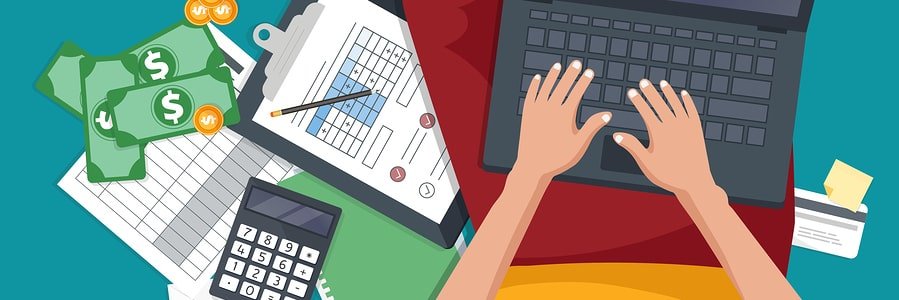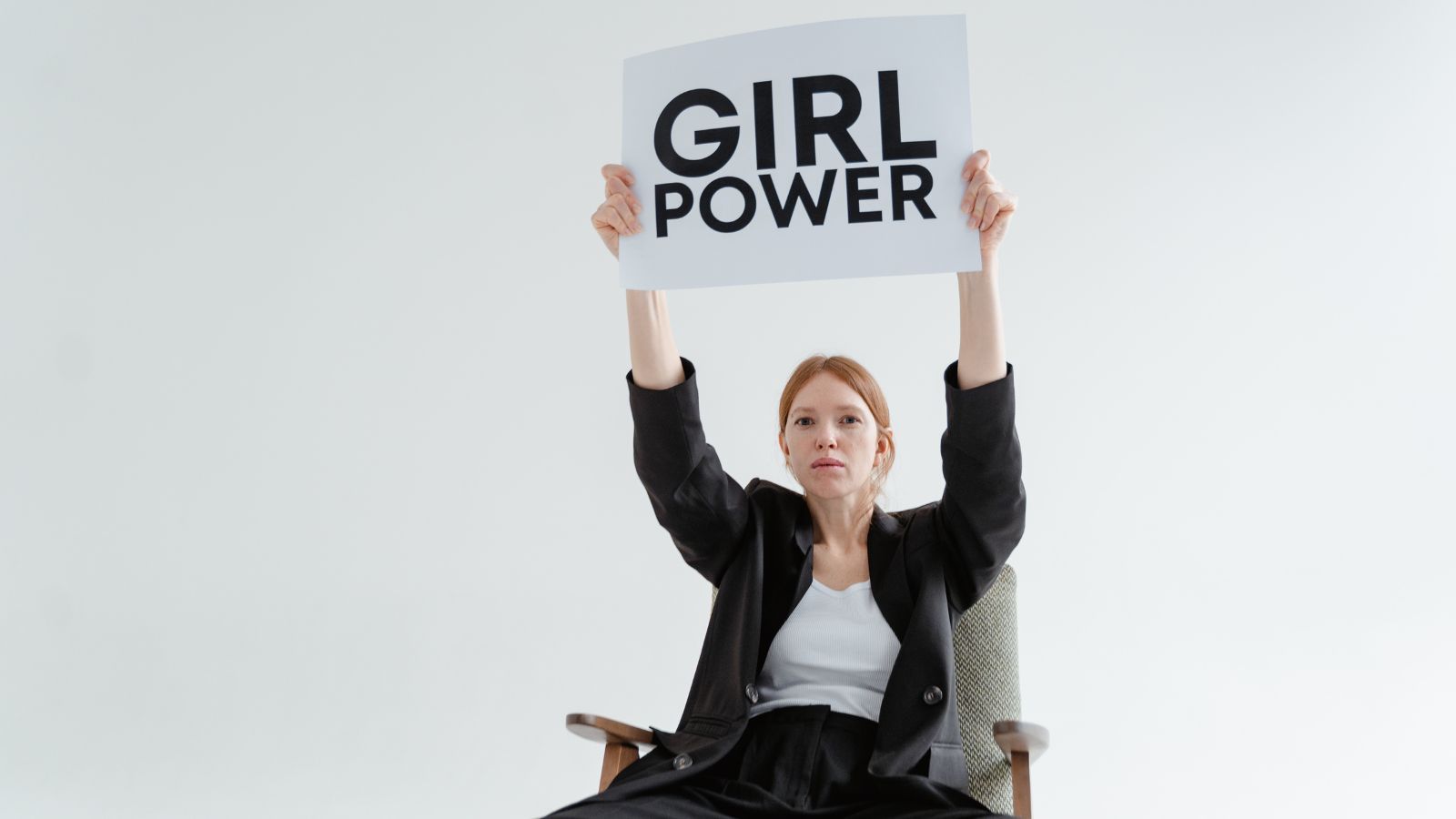The difference between the burn rate and cash runway is a critical metric for understanding how long it will take to reach breakeven. If you have a high burn rate, it means that your business will not be able to sustain itself without external funding.
The cash runway formula is a way to calculate the amount of time that a company has before it runs out of money. This can be used in business decisions such as whether or not an investment will be profitable.
Cash is always the lifeblood of every company, whether circumstances are good or poor. To operate, pay workers, and keep the doors open, you need cash in the bank. You’re out of business if you run out of funds.
Understanding your monetary situation is even more essential in times of crisis and uncertainty. In these times, whether you’re operating a startup or a small company, you need to be thinking about a Plan B and even a Plan C. At the time of writing, at least 20% of the United States is under lockdown, with only “essential” companies operating. Every business owner is concerned about what will happen to their company.
Review and update your financials to assist answer that issue and offer you with a plan of action. This is a difficult job, but the best place to begin is to analyze and calculate your cash burn rate and cash runway.
Table of Contents
ToggleWhat is the formula for calculating the burn rate?
The amount of cash you spend in a month is subtracted from the amount of cash you bring in during that same month to get your cash burn rate.
Begin by calculating how much money you spend on a monthly basis. You most likely have monthly fixed costs such as rent and utilities that you must pay. Salaries, travel, materials, and other services you need to operate your company are all variable costs. Your Gross Burn Rate is the sum of these numbers.
(Total variable costs + Total fixed expenses) Equals gross burn rate
The next step is to determine how much money you bring in each month. This is not the same as what you would charge in a month. Just because you sent an invoice to someone doesn’t imply they’ll pay it. Any outstanding bills would go under accounts receivable until you have cash on hand. Instead, consider how much money you really get.
Subtract your Gross Burn Rate from the amount of money you got. This is your Net Burn Rate (although it’s more often known as Burn Rate). Congratulations if you’re bringing in more money than you’re spending. You have a healthy cash flow. You have negative cash flow if the number is negative, and the figure represents how much money you are “burning” each month.
Cash Received – Cash Paid Out = Burn Rate
Another, quicker method to determine your burn rate is to compare the cash balance at the beginning of the month to the cash balance at the end of the month in your accounting system or even your bank account. Your cash burn rate is the difference between the two figures.
How can you figure out how much cash runway you have?
If you’re “burning” money, cash runway is just an estimate of how long your money will last you.
Your cash runway is calculated by looking at your bank account and determining how much cash you have on hand. If you multiply that amount by your cash burn rate, you’ll get an estimate of how long your company will last if you don’t make any adjustments.
Burn Rate = Cash Runway + Cash Balance
A common trend is to get financing and then utilize that money to expand the company. You’re definitely spending more money than you’re earning as you grow your company, and the objective is to get your cash burn rate down to zero and become cash-flow positive before you run out of cash.
In a crisis, how do you manage cash flow?
In normal circumstances, you may have pretty straightforward expectations about how your company will run and how your consumers would act. However, in uncertain times, you must set aside your expectations.
Forecasting and budgeting are critical for your company’s sustainability at this point. To test various scenarios, you’ll need to generate several sales projections and cost budgets. What expenditures should you reduce to prolong your financial runway if the slump is just temporary? If the slump continues, you may need to restructure your company and experiment with new business strategies.
It’s also essential to consider how you’ll get back on your feet. You’ll want to look at various financial possibilities for a quick vs a lengthy recovery. Things may play out quite differently depending on your industry.
Calculating many financial situations may seem difficult, but it does not have to be. Start with our sales projection template (we also have one for subscription companies) and our profit and loss template if you don’t already have one.
There are even more automatic options available to assist you avoid the headaches of complicated spreadsheets. For budgeting and forecasting, I like LivePlan since it allows me to rapidly construct various scenarios and evaluate the effect on my cash flow. It also allows me to visualize what would happen to my money if my clients begin to pay more slowly than usual.
Some suggestions for lowering your cash burn rate
It’s time to discover methods to decrease your burn rate after you’ve determined its present condition and the amount of runway you have left. Here are a few pointers to think about:
- Increase your revenue: This is the most apparent and maybe least probable option, but perhaps you can pivot your company, find a new business model, and work it out.
- Cut your payroll: This is always unpleasant, and ideally you can search for other methods to save money first.
- Reduce or eliminate expenses: Is it possible to reduce or eliminate marketing expenses? Examine your budget carefully and make any necessary cuts.
- Negotiate cheaper prices: It’s always a good idea to speak with your suppliers. They’d rather retain you as a client than lose you completely, therefore discounts are often offered.
- Sell surplus inventory: If you have any spare goods, you may sell it to another firm to earn revenue for your company.
- Encourage cash sales: If you can get more clients to pay in cash rather than via invoice, you’ll have more cash on hand sooner.
- Delay paying your bills: Delaying bill payments is never ideal, but it may temporarily improve your cash flow.
Adjusting the burn rate today will pay off in the long run.
Reducing your cash burn rate is never pleasant, but it is necessary, particularly when your company is going through a difficult period.
Remember that there is always another side to a bad situation. Every dip and recession is followed by a period of growth. So, if you can decrease your burn rate and prolong your runway, you’ll be in a good position to recover when the economy recovers.
The key thing is to minimize the loss and position your company to benefit from future growth, even if you don’t know when it will happen. If you’re still having trouble lowering your burn rate, there are several additional alternatives that may help you prolong your runway.
Loans guaranteed by the government are available to help.
The US government has stepped in to assist small companies weather the current COVID-19 issue with a number of initiatives. If you’re still having trouble lowering your cash burn rate, one of these alternatives may be a good fit. These catastrophe loan programs may provide additional funds to assist bridge the gap between recovery and provide generous repayment terms and, in some instances, forgiveness.
Examine the SBA Economic Injury Disaster Loans first (EIDL). They have low interest rates, 30-year periods, and are simple to apply for. Learn how to apply for a Small Business Administration disaster loan.
Second, the CARES Act contains explicit credit provisions aimed at assisting companies in maintaining payroll for many months. These “paycheck protection loans” cover the payroll of workers earning less than $100,000 and are forgiven if the company that accepts the loan does not lay off employees. More information on these Paycheck Protection Loans may be found here.

The burn rate project management is a term that is used in business. It refers to the amount of money that a company needs to spend every year just to keep running. This number is also referred to as the cash runway.
{“@context”:”https://schema.org”,”@type”:”FAQPage”,”mainEntity”:[{“@type”:”Question”,”name”:”Why is cash burn rate important?”,”acceptedAnswer”:{“@type”:”Answer”,”text”:”
Cash burn rate is a measure of the amount of cash a company has spent on operations minus the amount it has generated in revenue. The lower the cash burn rate, the better for investors.”}},{“@type”:”Question”,”name”:”What is cash runaway?”,”acceptedAnswer”:{“@type”:”Answer”,”text”:”
Cash runaway is a type of gambling in which the player bets on the outcome of a horse race.”}},{“@type”:”Question”,”name”:”How do you calculate cash runway?”,”acceptedAnswer”:{“@type”:”Answer”,”text”:”
The cash runway is calculated by taking the current balance of your business and dividing it by the total amount of outstanding debt.”}}]}
Frequently Asked Questions
Why is cash burn rate important?
Cash burn rate is a measure of the amount of cash a company has spent on operations minus the amount it has generated in revenue. The lower the cash burn rate, the better for investors.
What is cash runaway?
Cash runaway is a type of gambling in which the player bets on the outcome of a horse race.
How do you calculate cash runway?
The cash runway is calculated by taking the current balance of your business and dividing it by the total amount of outstanding debt.
Related Tags
- burn rate formula
- cash burn rate
- what is a good cash runway
- how to calculate burn rate in excel
- burn rate and runway



